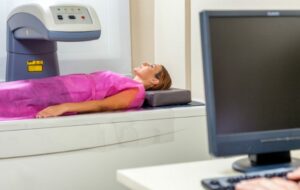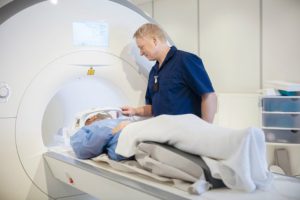Using a CT Scan to Manage Back Pain
80% of all Australians will suffer from back pain at some time in their lives and 1 in 10 people are limited in their activity caused by back pain.

Using a CT Scan to Manage Back Pain

80% of all Australians will suffer from back pain at some time in their lives and 1 in 10 people are limited in their activity caused by back pain.
Back pain is the most significant work-related problem in Australia.
It is a much more common long-term condition than asthma, arthritis or high blood pressure.
Back pain is not one single disease and has many causes. Some are related to the structure of the spine like joints, discs and ligaments and are brought on by lifting, carrying, pushing or pulling loads that are too heavy or going about these tasks in an unsafe manner. Back issues and pain can also be related to standing, sitting or bending down for long periods, having a trip or a fall, being overweight or having poor posture.
There may be other, more serious but uncommon underlying causes of your back pain such as fracture, osteoporosis, a slipped disc or arthritis in a joint of the back.
Most of the time back pain gets better by itself or is relieved by painkillers. If the back pain lasts for more than 3 months it is then considered as chronic and treatment should be commenced immediately.
Pinpointing the problems that cause back pain is the most difficult task for doctors. MRI or CT scan in combination with your doctors understanding of your symptoms is most important to understand the abnormality.
Depending on severity, treatment can range all the way from a physical therapy routine you do do at home, to surgery to solve the problem.
At Vision XRAY Group we see patients referred by other doctors for severe back pain management. This is done using a CT scan as a guide to the right spot. Then drugs are placed into deep parts of the back to relieve pain coming from nerves and from joints. These treatments are called peri-radicular blocks or facet joint blocks. They do not cure the problem and are used for medium to long-term pain relief in chronic back pain so that you can live a normal work and home life.
Any time CT scans are used, it is important to make sure that the lowest radiation dose possible is given.
Read our articles and FAQs
We’re delighted to provide updates on the latest medical imaging technology and answer your most frequently asked questions about our services.









